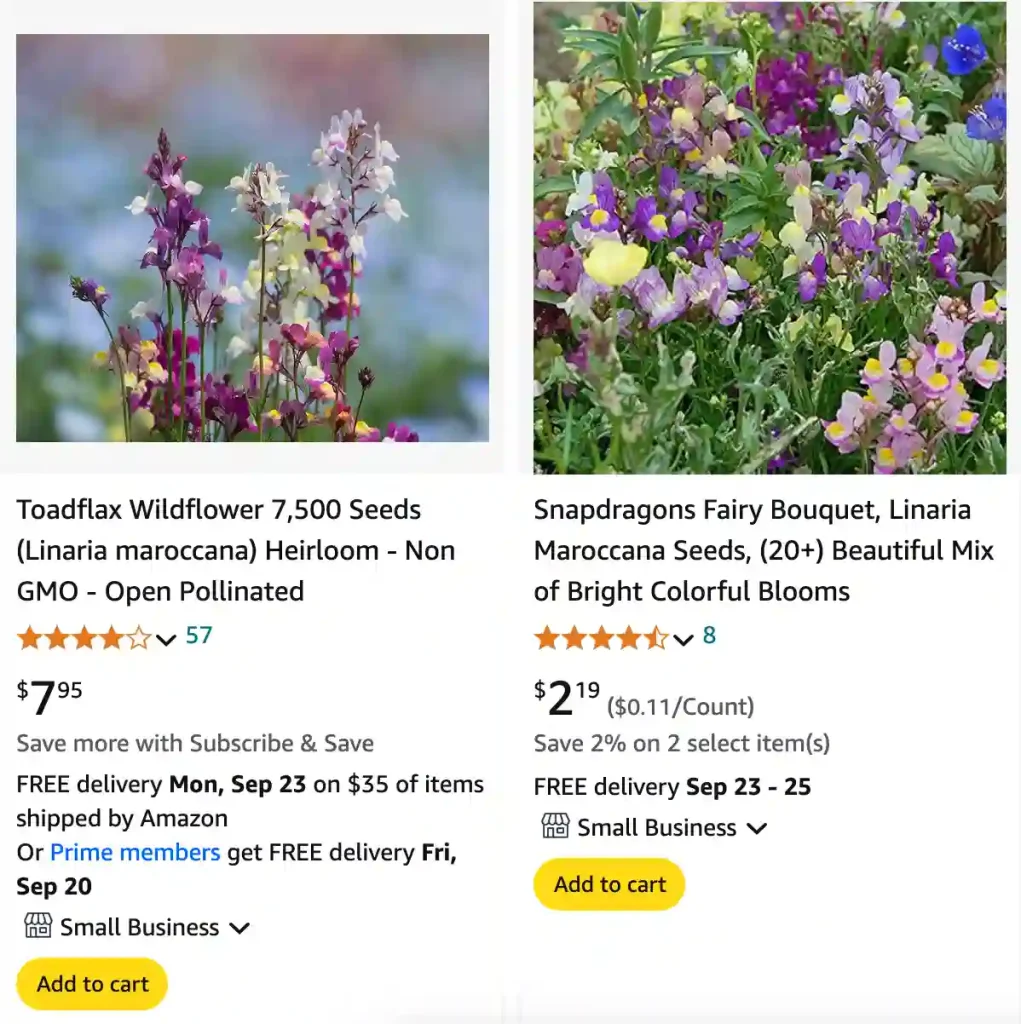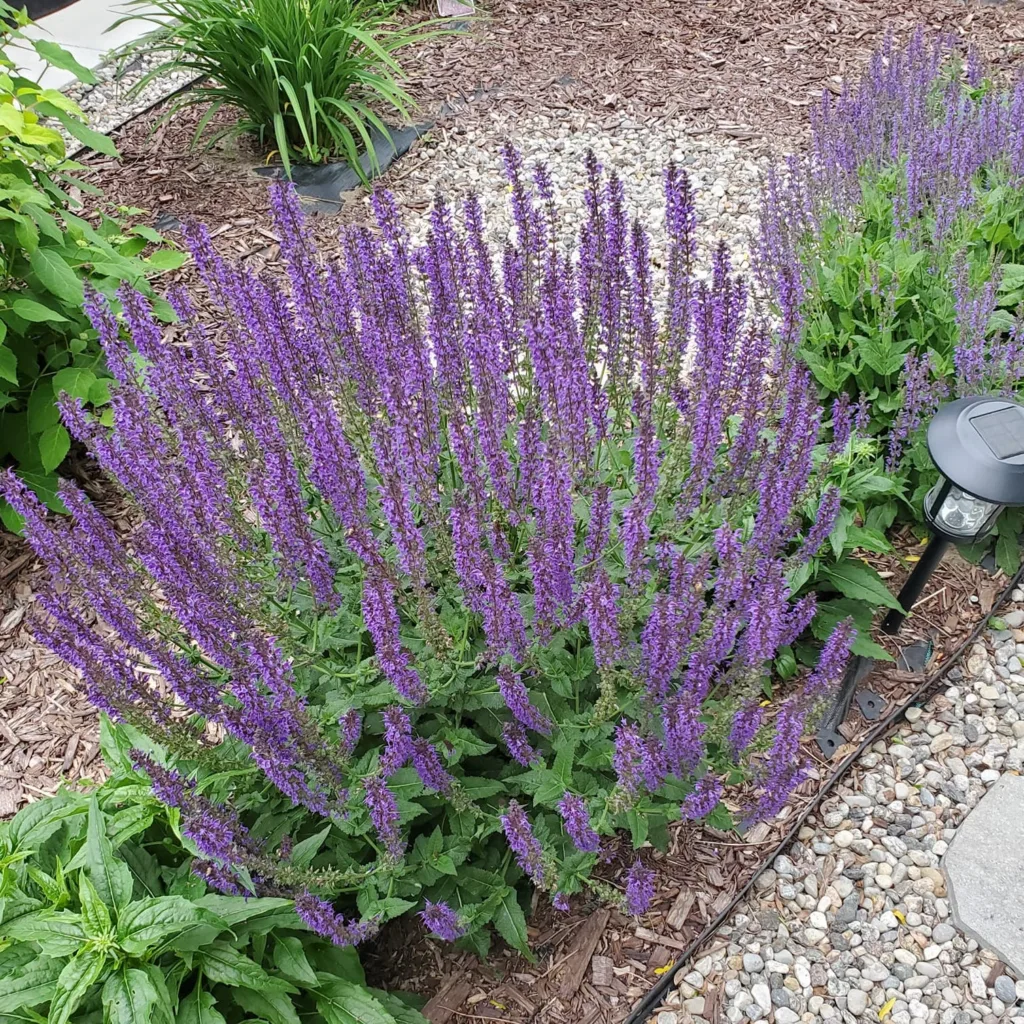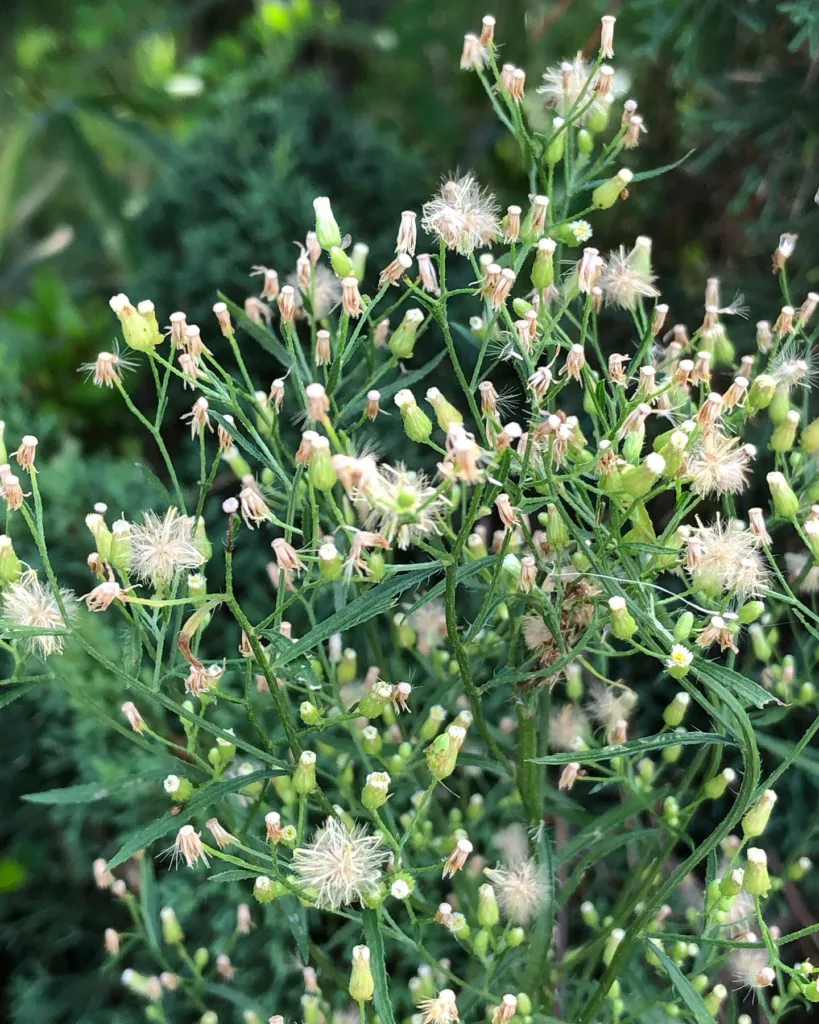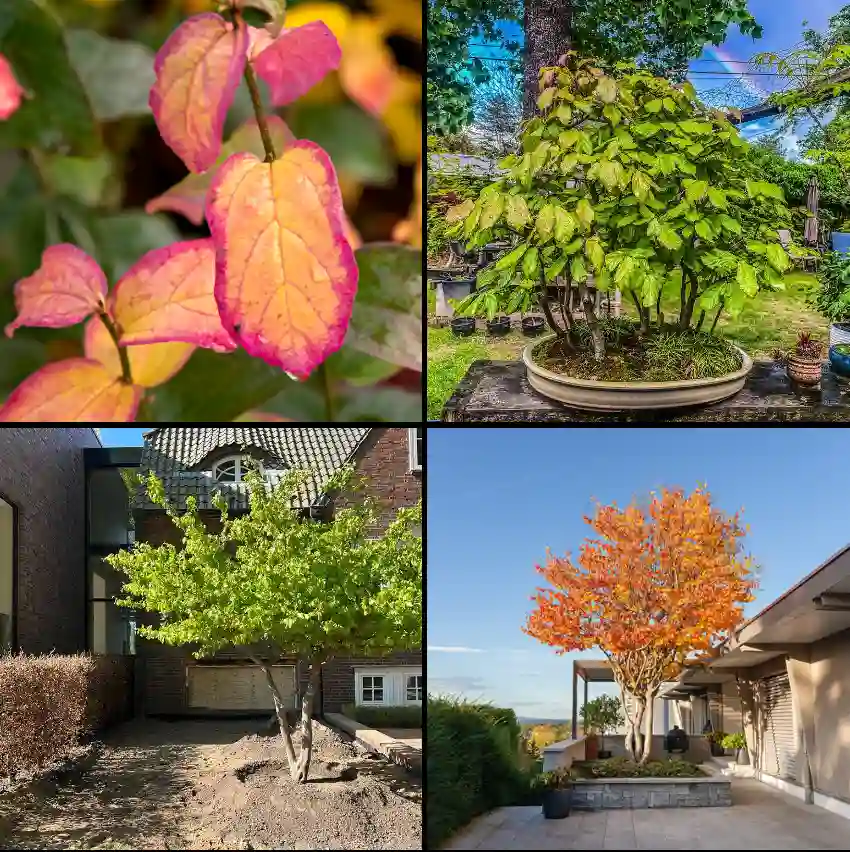
FAQs About Linaria Maroccana
Linaria Maroccana, commonly known as Moroccan Toadflax, is one of my favorite plants to grow due to its beautiful, snapdragon-like flowers that add vibrant color to any garden. In this article, I’ll answer some common questions about this lovely plant, focusing on how to grow, care for, and propagate it, along with a few other helpful tips.
203 Species in Genus Linaria
What is Linaria Maroccana?
Linaria Maroccana is an annual flowering plant native to Morocco. It belongs to the plantain family (Plantaginaceae) and is well-loved for its delicate, brightly colored blooms that come in shades of purple, yellow, pink, and white. The flowers resemble miniature snapdragons and can grow up to 2 feet tall, creating a soft, wildflower-like feel in garden beds and borders.
How to Grow Linaria Maroccana?
Growing Linaria Maroccana is fairly straightforward, and it thrives in a variety of conditions, making it a great choice for both beginner and experienced gardeners.
- Soil and Location: Linaria Maroccana prefers well-drained soil and full sun but can tolerate partial shade. If you have sandy or rocky soil, you’re in luck because this plant does well in those conditions too. I’ve found that the more sunlight it gets, the more vibrant the blooms.
- Sowing Seeds: The best way to grow Linaria Maroccana is by sowing seeds directly in the garden after the last frost. It doesn’t transplant well, so it’s better to choose the final location for sowing. Simply scatter the seeds lightly on the soil surface and press them in gently, but don’t bury them deep—they need light to germinate. Keep the soil moist, and you should see seedlings sprouting within 10-15 days.
- Watering: While this plant is somewhat drought-tolerant once established, young plants need consistent watering. In my experience, watering deeply once a week is sufficient, but be sure to let the soil dry between waterings to avoid root rot.
What Does Linaria Maroccana Seed Look Like?
Linaria Maroccana seeds are tiny and dark, resembling small grains of sand. They’re very lightweight, which makes them easy to scatter, but you’ll want to be careful not to over-sow, as the seeds can quickly become crowded. When I first saw the seeds, I was surprised by how small they were, but despite their size, they grow into lush plants relatively quickly.
How to Care for Linaria Maroccana?
Caring for Linaria Maroccana is minimal, making it a low-maintenance addition to any garden. Here are some tips:
- Pruning: Deadheading spent flowers encourages more blooms and keeps the plant looking tidy. I’ve noticed that removing the dead flowers regularly extends the blooming period, which can last all summer.
- Fertilizer: Linaria doesn’t require heavy feeding. In fact, over-fertilizing can result in more foliage than flowers. A light application of balanced fertilizer in early spring is all I ever need.
- Pests and Diseases: Fortunately, Linaria Maroccana is relatively pest-free. Occasionally, I’ve had to deal with aphids, but a simple blast of water or an organic insecticidal soap clears them up.
How to Propagate Linaria Maroccana?
Linaria Maroccana is best propagated by seeds. Once the flowers fade, they produce seed pods that you can collect. I usually let some of the flowers go to seed naturally in the garden, allowing them to self-sow for next year. You can also harvest the seeds by collecting the dried pods and scattering them where you want new plants.
Can You Grow Linaria Maroccana Indoors?
Although Linaria Maroccana is typically grown outdoors, it can be grown indoors with the right conditions. I’ve tried growing it indoors by providing bright, indirect sunlight and well-drained soil. It’s crucial to place the plant in a sunny window or under grow lights, as lack of sunlight can cause weak, leggy growth. However, I find it performs better when grown outdoors, where it can get full sunlight and more space to spread.
Is Linaria Maroccana Toxic?
Linaria Maroccana is non-toxic to humans and pets, making it a safe option for households with children or animals. I’ve never had any issues with this plant, and I often recommend it to friends looking for a safe and colorful plant for their gardens.
What to Plant With Linaria Maroccana?
Linaria Maroccana pairs well with other sun-loving annuals and perennials. I love mixing it with plants like poppies, cornflowers, and cosmos to create a cottage garden effect. The height and airy nature of Linaria work beautifully in mixed borders or as filler plants between larger blooms. Its upright growth habit also complements trailing plants like lobelia or creeping thyme.
Benefits of Growing Linaria Maroccana
There are plenty of benefits to growing Linaria Maroccana in your garden:
- Pollinator-Friendly: Bees, butterflies, and other beneficial insects are attracted to its bright flowers. I’ve seen plenty of pollinators enjoying the blooms in my garden, which helps other plants thrive as well.
- Easy to Grow: As mentioned earlier, Linaria Maroccana is relatively low-maintenance, making it an excellent choice for beginner gardeners or those who want a simple plant to add color.
- Versatility: Whether you’re looking to fill gaps in your flower beds or create a colorful border, this plant is highly versatile. I’ve used it in everything from wildflower meadows to formal gardens with great success.
Common Problems with Linaria Maroccana
Linaria Maroccana is relatively problem-free, but here are a few issues I’ve encountered:
- Overwatering: As with many plants, too much water can lead to root rot. Ensure your soil is well-draining and that you’re not over-watering.
- Self-Seeding: While this can be a benefit if you like naturalized gardens, Linaria can self-seed prolifically. I’ve had to thin out seedlings when they’ve popped up in places I didn’t expect.
Conclusion
Linaria Maroccana is a beautiful, easy-to-grow annual that adds vibrant color and charm to any garden. Whether you’re sowing it for its pollinator-friendly blooms or using it to fill gaps in your flower bed, this plant is a wonderful choice for any gardener. By following these simple tips, you can enjoy a flourishing display of Linaria Maroccana throughout the growing season.
If i die, water my plants!



